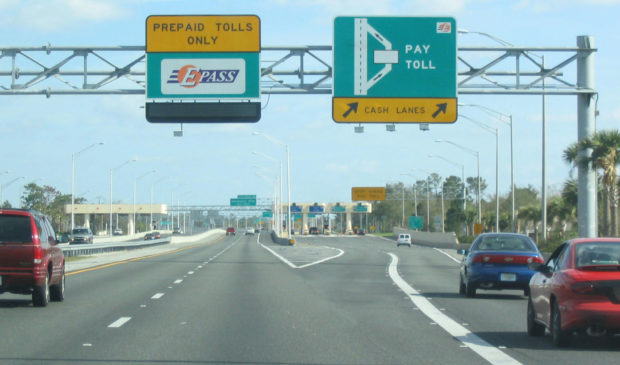Stuck in park, the CTRMA looks beyond tolls
Friday, May 4, 2018 by
Caleb Pritchard The agency primarily known for building toll roads in the Austin region is spitballing some new ideas as state policy keeps its activities largely in a holding pattern.
Last week, board members of the Central Texas Regional Mobility Authority briefly discussed the effective prohibition mandated by the Texas Transportation Commission against building new toll projects.
Under pressure from Lt. Gov. Dan Patrick and Gov. Greg Abbott, the commission decided last fall to abandon highway expansion plans that featured both tolled and nontolled lanes. That put on ice several CTRMA projects, including MoPac South, 183 North and the Oak Hill Parkway.
“I feel like we’ve been taken off the field and it’s only halftime,” Board Member David Armbrust told his colleagues, adding that he disapproves of the state’s position. But given the moratorium, he questioned whether the authority could use its resources on other projects.
“And I don’t know what that means: scooters or bicycles or gondolas, or whatever,” he said. “Are there other things, thinking outside the box, that we can do as a transportation agency to move the ball along those lines?”
CTRMA Executive Director Mike Heiligenstein told Armbrust his suggestion is “very appropriate.” Heiligenstein noted that one of the agency’s engineering consultant firms, RS&H Inc., is working on a people-mover project in Jacksonville, Fla.
“We’ve had discussions, and I want to bring them in to see if that’s the kind of thing that could be appropriate for the MoKan right of way,” Heiligenstein said.
The MoKan corridor is a former rail route that stretches from Georgetown through Round Rock, Pflugerville and down into East Austin. Last October, the Capital Area Metropolitan Planning Organization approved a $500,000 plan to study various options for the corridor, which several officials, including state Rep. Celia Israel, see as ripe for future transit investments.
Board Member Nikelle Meade agreed that the authority should consider alternatives to toll roads.
“But it still comes down to, whether it’s a road or something else, how do you pay for it?” she said. “I think our focus has to be: Where’s the money going to come from?”
Heiligenstein conceded that point as well, but suggested the possibility of finding creative sources of funding. He pointed to two road projects that the agency is building on behalf of Travis County and whose cost is covered by county bonds.
“We’re also having a meeting with Round Rock soon to talk about some of the roads they have in their future plans and perhaps being able to use the (federal Transportation Infrastructure Finance and Innovation Act) program,” Heiligenstein said.
After Heiligenstein wrapped up his thoughts, Chair Ray Wilkerson suggested scheduling a work session at which the board could dive deeper into the topics raised by Armbrust.
“I don’t think it would hurt to start exploring the type of things you’re talking about,” said Wilkerson.
Photo by SPUI, Public Domain.
The Austin Monitor’s work is made possible by donations from the community. Though our reporting covers donors from time to time, we are careful to keep business and editorial efforts separate while maintaining transparency. A complete list of donors is available here, and our code of ethics is explained here.
You're a community leader
And we’re honored you look to us for serious, in-depth news. You know a strong community needs local and dedicated watchdog reporting. We’re here for you and that won’t change. Now will you take the powerful next step and support our nonprofit news organization?









